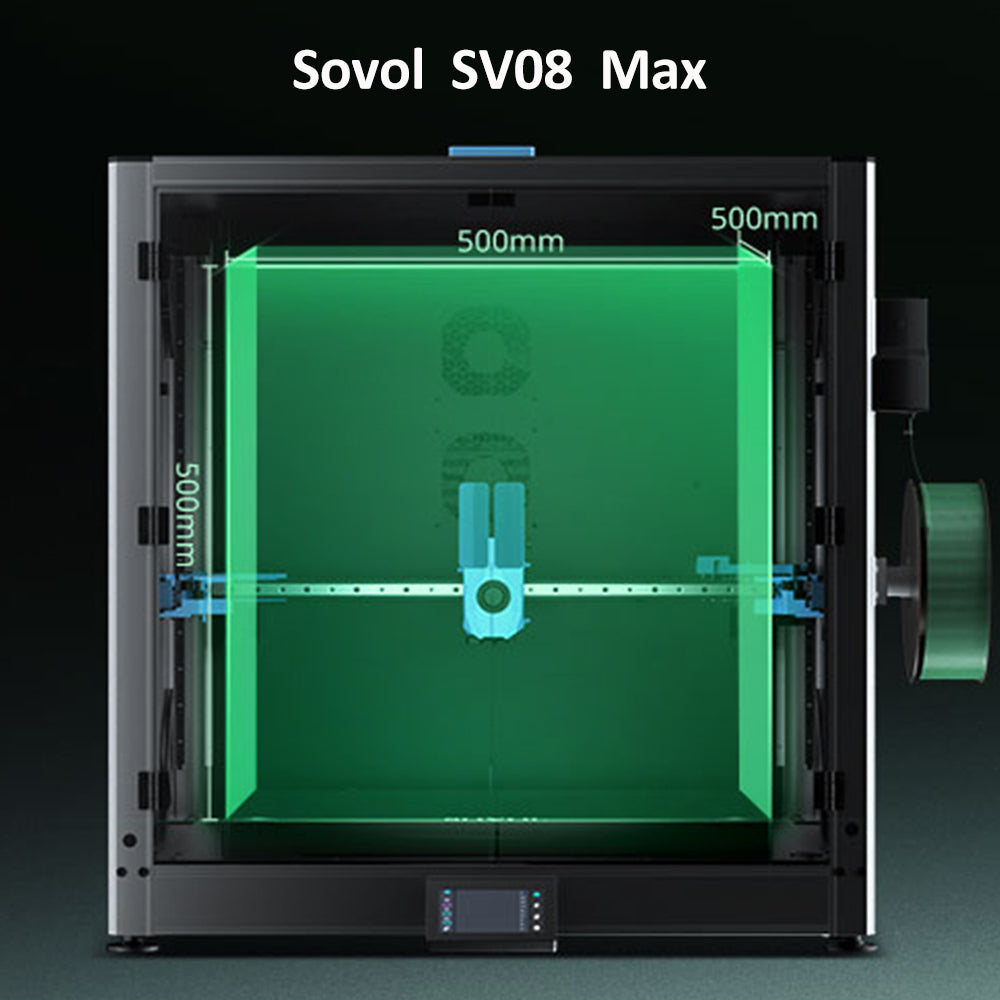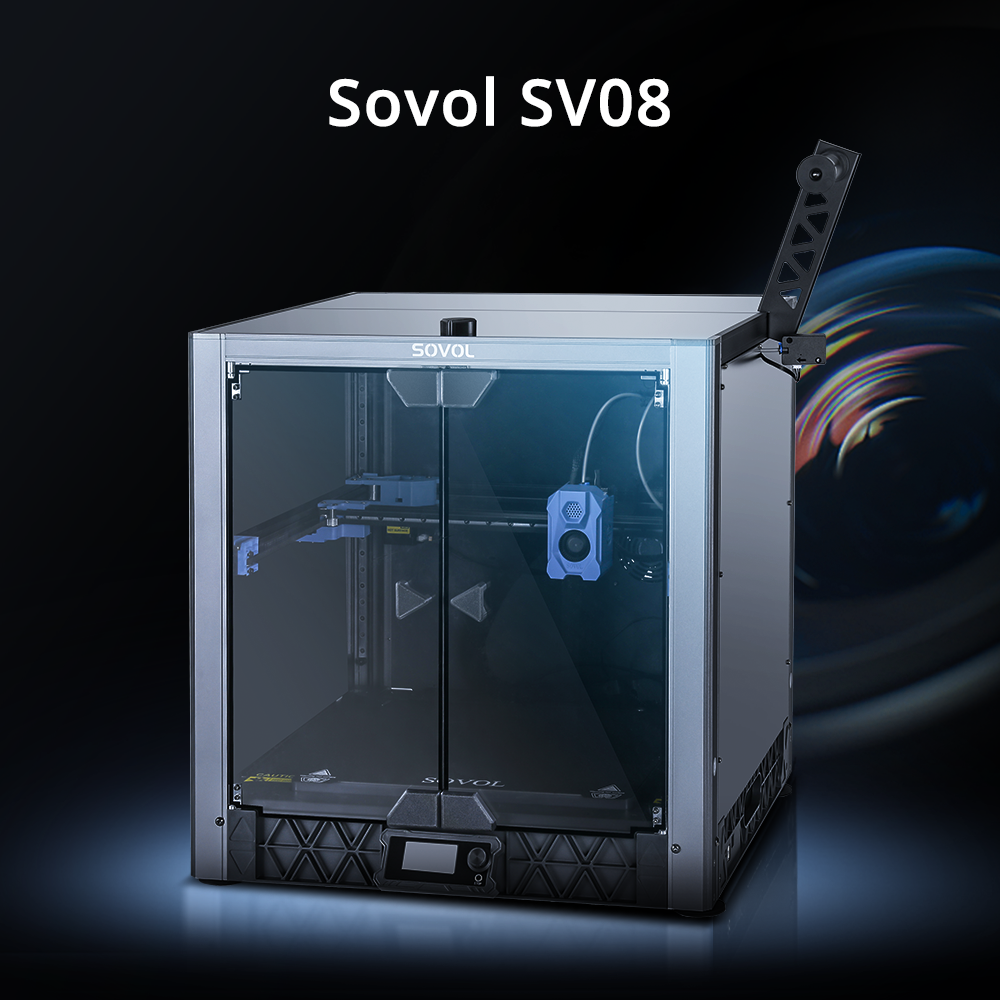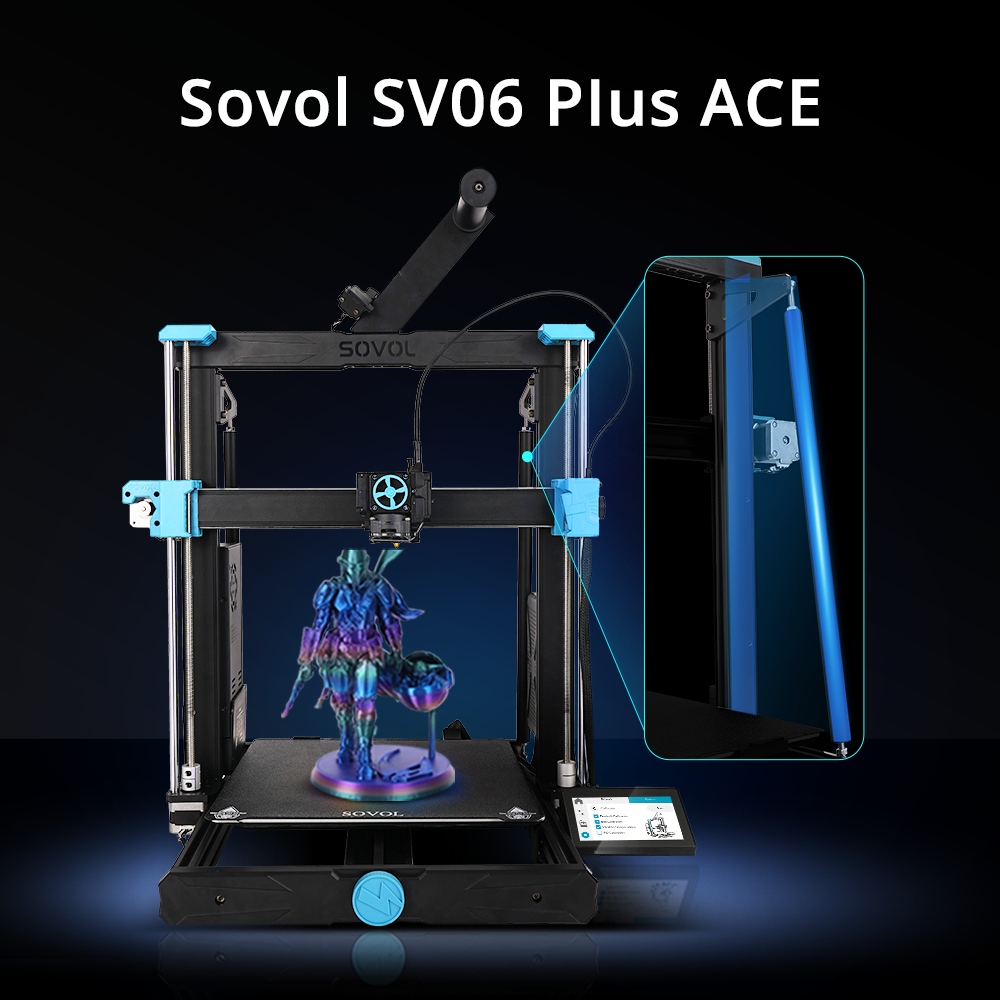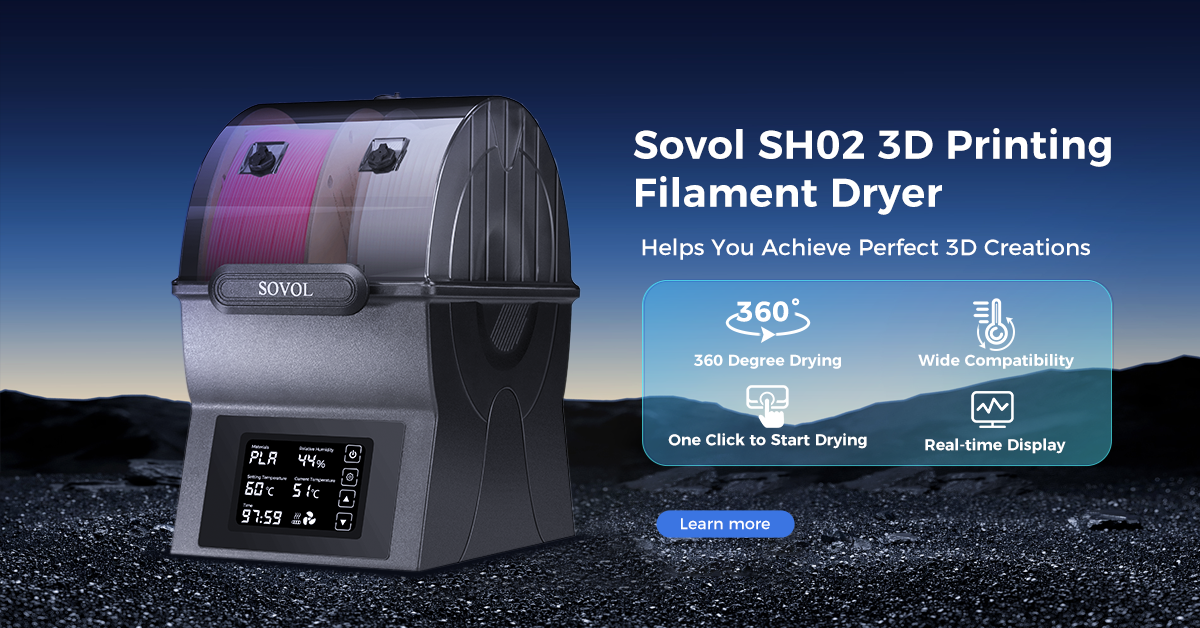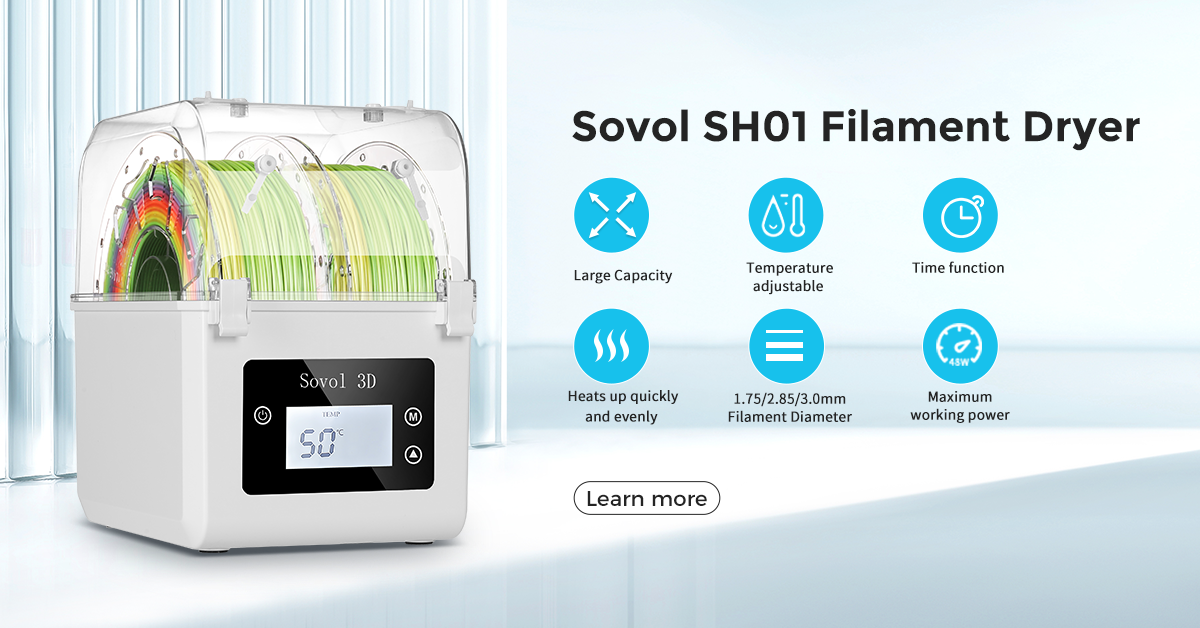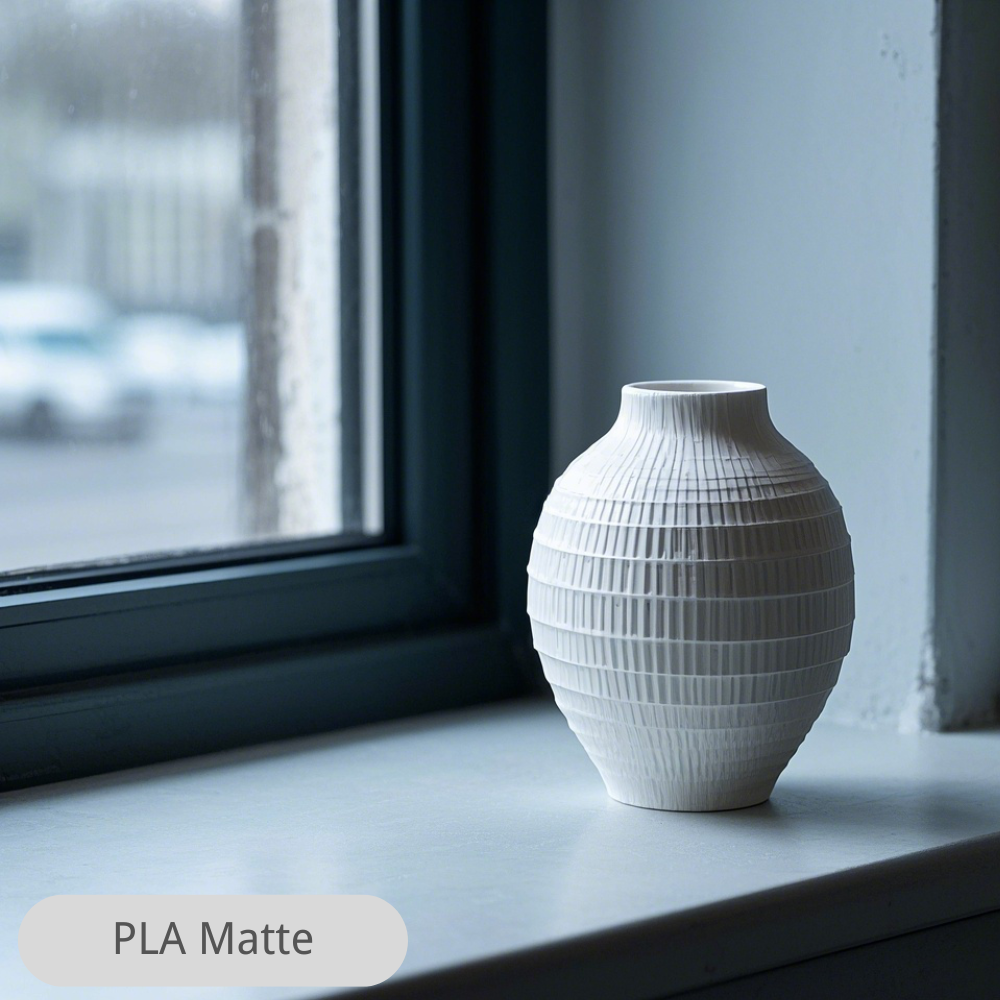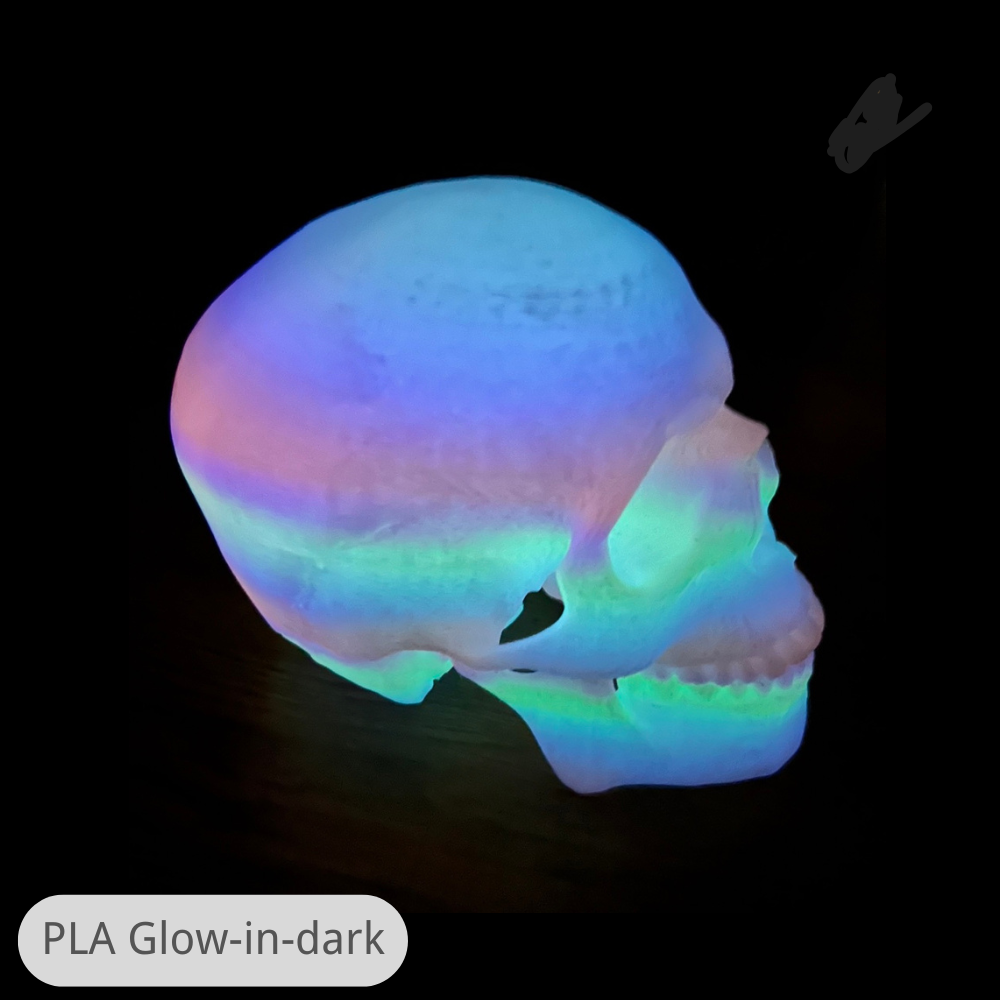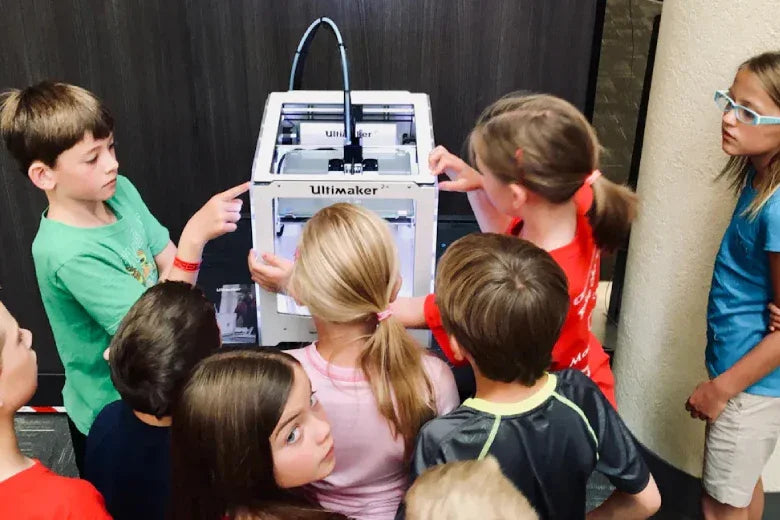You can see how a 3D printer changes learning every day. Teachers help you with fun projects and solving problems. They let you use new tools and models. Teachers see students pay more attention in class. One study showed art and engineering students learned more after using 3D printing. This proves 3D printing helps in many school subjects.
Key Takeaways
- 3D printing helps students learn by doing. It lets students see and touch hard ideas. This makes science and math easier to understand.
- Working together on 3D printing projects builds teamwork. It also helps students think of new ideas. Students learn how to solve problems and plan designs.
- Using 3D printing in class gets students ready for STEM jobs. It teaches them important skills. It also helps students think in creative ways.
Hands-On Learning

Tangible Concepts
Hands-on learning helps you see ideas in real life. With a 3D printer, you can hold a cell, a shape, or an old artifact. This makes science and math easier for you. For example, you might use 3D-printed templates to build a circuit. Studies show students learn basic circuitry better this way. You can also make old math models again. By building and describing these models, you learn hard equations and ideas.
3D printing lets you make models for biology or shapes for math. You can touch and see these things, which helps you remember lessons. Many schools use 3D printing to make learning more fun. You do more than read books. You use your hands to explore ideas.
Student Engagement
Hands-on learning helps students pay more attention in class. You get to join projects that use 3D printing. Teachers see students focus more and show more interest with real objects. You can work with friends to solve problems and design things. This technology helps you be creative and work as a team.
- 3D printing helps teachers try new ways to teach.
- You and your friends join in more classroom activities.
- The technology helps you be creative and work together.
- You learn by doing and seeing, not just reading.
Students with special needs also gain from hands-on learning. 3D-printed models help students who cannot see well learn by touch. Tactile books and maps make hard ideas easier. Studies show these tools help students understand space and ideas better. Schools use 3D printing because it is cheap and easy to change. You can get special tools that help you learn in your own way.
When you use 3D-printed tools, you learn in new ways. You feel more sure of yourself and join in class more. Teachers see more students take part and care about learning. Hands-on learning with 3D printing helps everyone do their best.
Fostering Creativity
Design Skills
You can boost your design skills with 3D printing. This technology lets you turn ideas into real objects. You start by thinking about a problem. Then you create a plan and build a model. Many students use 3D printers to make prototypes. These prototypes help you test your ideas and see what works best.
3D printing helps you learn from mistakes. If your first design does not work, you can change it and print again. This process teaches you to keep trying and not give up.
Here is how 3D printing supports design thinking and innovation:
|
Aspect |
Description |
|---|---|
|
Iteration |
You refine your designs, fix errors, and improve solutions with feedback. |
|
Customization |
You create prototypes that fit specific needs, making your work unique. |
You also learn to work with others. Some students design and print a prosthetic hand for a child. Others talk to people in their community to find real problems and create solutions. These projects help you build empathy and teamwork.
Artistic Projects
You can use 3D printers in art, design, and engineering classes. Students often create sculptures, jewelry, or custom tools. In engineering, you might build gear systems or design mesh structures. You can even make dynamic surfaces or moving objects.
- Students work together on projects, sharing ideas and skills.
- You can join competitions, like those from NASA, to test your designs.
- You learn to use advanced software and improve your technical skills.
3D printing lets you bring your creative ideas to life. You can make prototypes for new inventions or design art pieces that show your style. This hands-on work helps you grow as a creator and problem-solver.
3D Printing in Education
Custom Educational Aids
You can use 3D printing to make classroom tools. Teachers create special aids to help you learn better. You might see a pen model that fits your hand. You can hold models of the Pyramids of Egypt. You can touch Egyptian cartouche kits. These objects help history and culture feel real.
Physical manipulatives help you learn math. You use number cubes to see multiplication. Custom protractors and shapes make math lessons hands-on. Catapults show how physics works in Medieval history. 3D printed gears teach you about engineering and mechanics.
Teachers use 3D printing to help students with special needs. You might use tactile maps if you have trouble seeing. Some teachers make board games and symbols for your learning style. Amanda Crayton, a special education teacher, makes materials for each student. You get tools to help you write or objects that make learning easier.
Visual Learning
3D printing helps students who learn by seeing and touching. You can hold 3D models of shapes, organs, or maps. These models make hard ideas simple. Studies show students learn science and math better with 3D objects. You can explore chemistry, astronomy, or anatomy by feeling real models.
|
Benefit |
Description |
|---|---|
|
You use shapes and sizes to learn geometry and biology. |
|
|
Making STEM Subjects Accessible |
Tactile graphs and models help you with science and math. |
|
Personalization |
Teachers make models that fit your needs. |
|
Cost-Effective Solutions |
3D printing gives you resources fast and cheap. |
|
Encouraging Independent Learning |
You explore ideas on your own and build confidence. |
You learn more when you use your hands and eyes together. 3D printing gives you tools that make lessons clear and fun.
Collaboration and Problem-Solving
Group Projects
You can work with classmates on group projects using 3D printing. Working together helps you share ideas and listen to others. Many schools use 3D printing for learning through projects. You might make playground equipment or science models. These activities show how teamwork makes better results.
Here is how 3D printing helps with teamwork and learning:
|
Aspect |
Description |
|---|---|
|
Hands-on Learning |
You build things together, which helps you remember lessons. |
|
Interdisciplinary Collaboration |
You work with students from art and science classes. |
|
Real-world Applications |
You solve real problems for your school or community. |
You learn real-world skills by using 3D printing in class. You solve problems by testing ideas and fixing mistakes. For example, students have made bridge models to test strength. Others have created phone holders or prosthetic limbs for people.
Some skills you build are:
- Creative thinking
- Problem-solving
- Independent learning
Teachers notice students feel more confident after finishing projects. You learn to use technology and work with others. You also start to think like an engineer. These skills help you in school and future jobs.
|
Project Idea |
Skills Developed |
|---|---|
|
Design and print prosthetic limbs |
Engineering, kindness |
|
Create phone holders or organizers |
Design, usefulness |
|
Build models of landmarks |
Research, hands-on work |
|
Develop renewable energy prototypes |
Sustainability, new ideas |
When you do these projects, you see your ideas help others. You also learn skills you will use all your life.
Preparing for Careers
Technical Skills
You learn important technical skills with 3D printing in class. You use CAD software to make models. You find out how materials work and how to print well. If the printer has problems, you learn to fix them. These skills help you get many jobs today.
Many companies want workers who know 3D printing. You can make prototypes fast and test new ideas. You also learn about mechanical engineering and materials science. These skills are needed for STEM jobs. Career and Technical Education programs use Stratasys 3D printers. These programs give you hands-on practice and certifications for jobs in additive manufacturing.
You feel more confident as you learn these tools. You see how your work connects to real jobs in technology and engineering.
STEM Pathways
3D printing opens doors to many STEM careers. You explore science, technology, engineering, art, and math in new ways. Makerspaces at schools and colleges let you try ideas and help in fields like medicine. During COVID-19, more students used these spaces to learn about new jobs.
Research shows 3D printing makes you more interested in STEM. You can test ideas and understand hard concepts. Many students pick STEM careers after using 3D printing in school. For example:
- The 3D Design Derby at Utah Valley University lets you join engineering challenges.
- At Berea College, almost half the students said a 3D printing project helped them choose engineering technology as a major.
- STARBASE Minnesota lets you plan a Mars mission and build rockets, which grows your design skills.
- You see how 3D printing makes production easier and inspires creative thinking.
Universities and tech programs now focus on STEAM and STEM skills. You get ready for jobs in science, engineering, and design. You also learn to work with others and solve real problems. These experiences help you build a strong future in STEM.
Choosing a 3D Printer
Classroom Needs
You need a 3D printer that fits your classroom. Think about how many students will use it. Also, think about the projects you want to do. Some 3D printers are good for simple models. Others can make harder shapes and use more materials. Pick a 3D printer that matches your lessons and space.
Some important things to think about are how well the printer works, how easy it is to use, how much it helps learning, if it works with your other technology, and how long it takes to set up. It is also important that everyone can use it and that it fits with your lessons.
Check if the 3D printer is easy to use. Teachers and students should learn fast. You want a printer that does not break a lot. Make sure the printer has good help and a warranty.
Entry vs. Advanced
You can pick entry-level or advanced 3D printers. Entry-level printers cost less and work for easy projects. Advanced printers print faster and use more materials. They give you better details and more features.
|
Printer Model |
Time to Print (4cm maze) |
Build Size (mm) |
Enclosed |
Air Filter |
Assisted Levelling |
Materials |
Price |
Connectivity |
Interface |
Built-in Camera |
Customer Support |
Recommendation |
|---|---|---|---|---|---|---|---|---|---|---|---|---|
|
Adventurer 5M Pro |
220 x 220 x 200 |
Yes |
Yes |
Yes |
ABS, PLA |
$ |
USB / WiFi / Ethernet |
Touchscreen |
Yes |
Good |
HIGHLY RECOMMENDED |
|
|
Other Models |
12-20 minutes |
Various |
Yes/No |
Yes/No |
Yes/No |
ABS, PLA |
$/$$ |
USB / WiFi |
Touchscreen |
Yes/No |
Unknown/Good |
RECOMMENDED/NOT RECOMMENDED |
Compare how fast it prints, how big it can build, and safety features. Advanced printers often have air filters and closed spaces. These keep your classroom safe.
- Print Quality: Look for high resolution and more nozzles.
- Easy to Use: Pick a printer that is simple for everyone.
- Price: Think about the cost and extra fees.
- Maintenance: Choose a printer with a good warranty.
You make the best choice when you match the printer to your classroom. The right tools help students learn and create.
3D printers change how you learn at school. You build creativity, solve problems, and work with others. You can see hard subjects in a new way. This helps you get ready for jobs in the future. Look for guides and tips to start using 3D printing. Follow these steps to use 3D printing safely and easily in class.
|
Resource Title |
Description |
|---|---|
|
This guide shares ideas, plans, and templates for big topics in school. |
|
|
3D printing resources for teachers: design thinking guide |
This guide gives steps to help students find problems, think of answers, and make models. It helps you be creative and work together. |
FAQ
How safe is it to use a 3D printer in your classroom?
You can use a 3D printer safely. Always follow instructions. Choose printers with enclosed designs and air filters. Ask your teacher for help if you have questions.
Tip: Wear safety glasses when you work near the printer.
What subjects can you use 3D printing for?
You can use 3D printing in science, math, art, and engineering. You can build models, test ideas, and create projects for many subjects.
- Science: Print cells or organs
- Math: Make shapes or graphs
- Art: Design sculptures
Do you need special skills to start using a 3D printer?
You do not need special skills. You can learn basic steps quickly. Your teacher will show you how to design and print simple objects.
Note: Practice helps you improve your skills over time.

